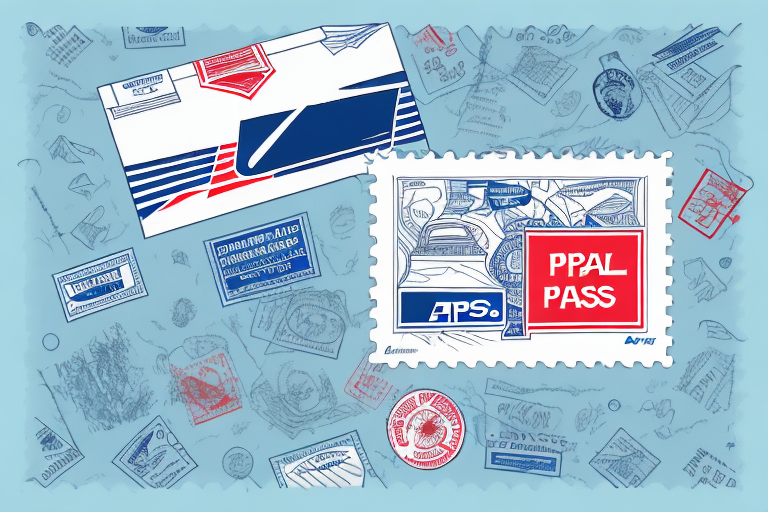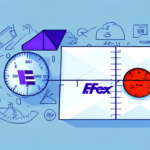Understanding USPS Shipping Rates for Packages
Are you looking to send a package through USPS but are unsure about the pricing and services offered? In this comprehensive guide, we will explore all aspects of USPS rates for packages, including how USPS determines shipping rates, the different types of pricing and service options available, and tips on how to save money on your shipments. Let’s dive in!
How USPS Determines Shipping Rates
Key Factors Affecting Shipping Costs
USPS calculates shipping rates based on several factors:
- Weight: The primary determinant, with fees calculated per pound.
- Dimensions: Larger packages may incur additional fees through a dimensional weight formula.
- Destination: The distance and delivery zone influence the cost.
Accurately measuring and weighing your package is essential to select the correct shipping option and avoid unexpected fees.
Dimensional Weight Explained
Dimensional weight (DIM weight) is a pricing technique that considers the package's volume in addition to its actual weight. For packages where DIM weight exceeds actual weight, USPS charges based on DIM weight. This is particularly relevant for lightweight but bulky items. USPS Dimensional Weight Policy provides detailed information.
USPS Pricing and Service Options
Available Shipping Services
- First-Class Mail: Ideal for packages under 1 pound, offering a cost-effective option with tracking.
- Priority Mail: Suitable for packages over 1 pound, delivering within 1-3 business days with free tracking and insurance up to $50.
- Priority Mail Express: The fastest USPS service with overnight to two-day delivery guarantees, perfect for urgent shipments.
- Parcel Select: Economical for high-volume shippers, offering ground delivery services.
- Media Mail: Designed for educational materials, providing a budget-friendly option for books, DVDs, and other media up to 70 pounds.
Flat Rate and Regional Rate Options
Flat Rate Boxes: Offer a fixed price regardless of weight (up to 70 pounds) or destination, making them a predictable option for heavy items.
Regional Rate Boxes: Charge based on the distance the package travels, beneficial for shipping to nearby locations with items weighing up to 20 pounds.
Comparing USPS Rates to Other Carriers
Cost Efficiency
USPS often provides more affordable rates for lightweight packages compared to carriers like UPS and FedEx. For example, USPS First-Class Mail can be up to 50% cheaper for packages under 2 pounds (USPS Pricing Tools).
Delivery Speed
While USPS offers competitive pricing, other carriers may provide faster delivery options. UPS and FedEx are known for their expedited services, which, however, come at a higher cost. It's essential to balance your budget with delivery urgency when selecting a carrier.
Service Reliability
USPS has a vast network, especially for rural deliveries, which can be advantageous over other carriers that may have limited coverage in certain areas.
Tips for Saving Money on USPS Shipments
Utilize Online Shipping Tools
Printing shipping labels through USPS.com can save up to 16% on Priority Mail and up to 60% on Priority Mail Express.
Choose the Right Packaging
Using USPS Flat Rate or Regional Rate boxes can lead to significant savings, especially for heavier or more voluminous items.
Take Advantage of Discounts
High-volume shippers may qualify for discounted rates. Contact USPS for information on bulk shipping discounts and business accounts.
Compare Rates
Always compare USPS rates with other carriers like UPS and FedEx to ensure you're getting the best deal for your specific shipping needs.
USPS Online Tools for Calculating Shipping Costs
Postage Price Calculator
This tool helps you determine the cost of shipping based on weight, dimensions, and destination. Access it here.
Service Comparison Calculator
Compare rates and services of different USPS shipping options to find the most suitable choice for your package. Available on the USPS website.
Zone Calculator
Determine the shipping zone based on origin and destination ZIP codes, which affects both cost and delivery time. Use the Zone Calculator.
Shipping Label Maker
Create and print shipping labels directly from your computer, saving time and avoiding trips to the post office. Access the Shipping Label Maker.
Best Practices for Packaging and Labeling
Secure Packaging
- Use sturdy, corrugated boxes and proper cushioning materials like bubble wrap or packing foam.
- Ensure packages are sealed tightly with high-quality packing tape to prevent accidental openings during transit.
Accurate Labeling
- Include clear, legible recipient and sender addresses.
- Attach the correct shipping label and tracking number to facilitate smooth delivery and tracking.
Understanding International Shipping with USPS
Regulations and Restrictions
When shipping internationally, it's crucial to comply with each country's import regulations and restrictions. Prohibited items, such as certain electronics or perishables, must be avoided. Refer to the USPS International Mail Manual for detailed guidelines.
Customs Documentation
Properly filled customs forms and commercial invoices are required for international shipments to ensure smooth clearance through customs. Incomplete or incorrect documentation can lead to delays or additional fees.
Tracking and Delivery Status
Real-Time Tracking
USPS provides real-time tracking for most of its shipping services. Use the tracking number provided at the time of shipment to monitor your package's journey here.
Notifications
Sign up for email or text updates to receive notifications about your package's status, ensuring you stay informed throughout the delivery process.
Common Mistakes to Avoid
Inaccurate Measurements
Incorrectly measuring or weighing your package can result in higher shipping costs due to dimensional weight pricing.
Improper Packaging
Using unsuitable packaging materials can lead to damage or increased shipping costs if the package exceeds size or weight limits.
Neglecting to Compare Rates
Failing to compare USPS rates with other carriers might result in higher shipping expenses than necessary.
Conclusion
Understanding USPS rates for packages is essential for anyone who frequently ships items. By selecting the right service type, utilizing cost-saving tips, and adhering to best practices for packaging and labeling, you can ensure that your packages arrive safely and on time while keeping shipping costs manageable. Use the USPS online tools to calculate and compare rates, and stay informed about international shipping regulations to optimize your shipping strategy effectively.






















